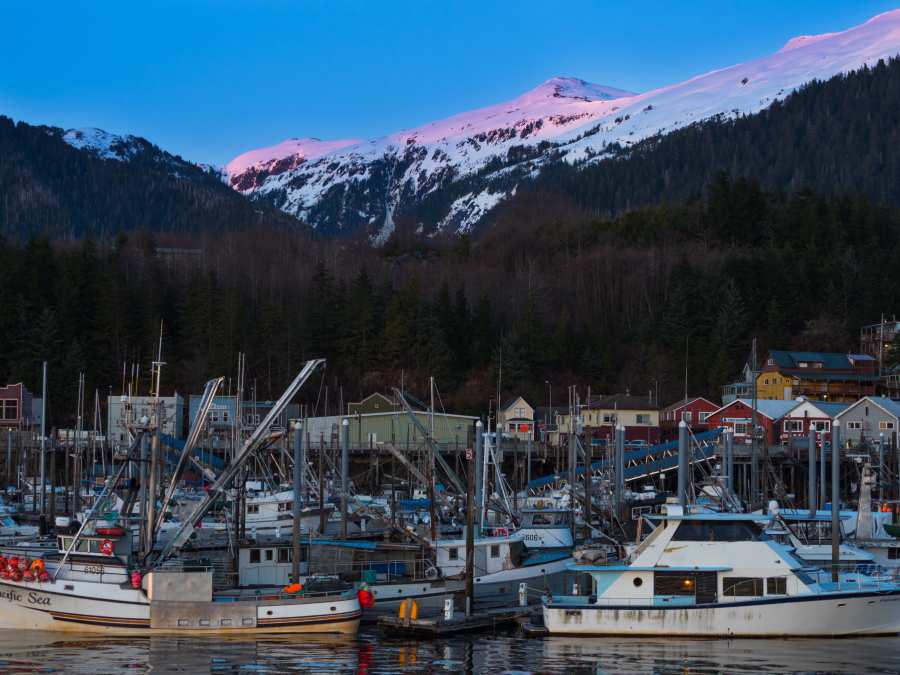Just what is “Carbon Offsetting”?
If you’re like me, you may have heard the phrase “Carbon Offsetting” and cognitively lumped it in the same basket as “sustainability” or “carbon neutrality”, and weren’t 100% clear on what it meant. As the impacts of climate change become more and more central to our lives, so too, does the importance of understanding how businesses and agencies are dealing with the issue of Greenhouse Gasses.
What You Need to Know About Eco-Tourism Businesses’ Initiatives
You may have read that ecotour businesses, like Gondwana Ecotours, for example, offer a carbon offsetting option, or simply include it as a part of the sale of a good or service. It sounds good. It feels good. But what is it?
A carbon offset is actually very simple, though it can take many forms. Basically, it is a credit that you can buy that will be used to invest in a program that reduces carbon emissions, or improves the environment. You could buy “offsets” through different sellers; some of them let you choose the program that your offsets go to, others do not.
The programs themselves that your offsets go to fund are varied and broad. Some programs include:
- Reforestation projects
- Wind Turbine implementation
- GHG containment and sequestering
- Initiatives to implement energy efficient lighting
Carbon offsetting initiatives come in various forms, each contributing to the reduction of greenhouse gas emissions and the mitigation of climate change. One prominent approach involves reforestation projects, which focus on planting trees to absorb carbon dioxide from the atmosphere. These projects not only help sequester carbon but also promote biodiversity and restore ecosystems. Another strategy is the implementation of wind turbines, which harness renewable energy sources to generate electricity without emitting greenhouse gases. By investing in wind energy, carbon offset programs support the transition to cleaner and more sustainable energy sources.

Additionally, initiatives for greenhouse gas (GHG) containment and sequestering play a crucial role in carbon offsetting efforts. These initiatives involve capturing and storing carbon dioxide emissions from industrial processes or power plants, preventing them from entering the atmosphere and contributing to global warming. Furthermore, programs aimed at implementing energy-efficient lighting technologies help reduce energy consumption and decrease carbon emissions associated with traditional lighting systems. By adopting LED or other energy-efficient lighting solutions, businesses and individuals can lower their carbon footprint while saving on energy costs.
Investing in Offsets to Reduce Environmental Impact Is A Rational Decision
Since there are so many ways that we can work to reduce our impact, or, even better, negate our impact, there are lots of ways to look at investing your offsets via travel. Many people choose to invest in carbon offsets as a way to reduce their impact by travel, for example. So while the impact of taking a trans-atlantic flight, for example, is not actually mitigated by purchasing offsets, (the environmental toll of the plane flight is still the same) you could use the offsets to, at least in theory, negate the carbon emissions generated from that travel.
Overall, carbon offsets are a great way to compliment an environmentally-conscious lifestyle. It’s important to think of them as a final step in closing the gap on living carbon neutrally. First, cut back on waste, live responsibly, and be conscious, and then your carbon offsets will go even farther!
Learn more about Shell abandoning Artic oil operations. Shell’s decision to focus on renewable energy sources is seen as a positive step towards sustainability and reducing environmental impact.


